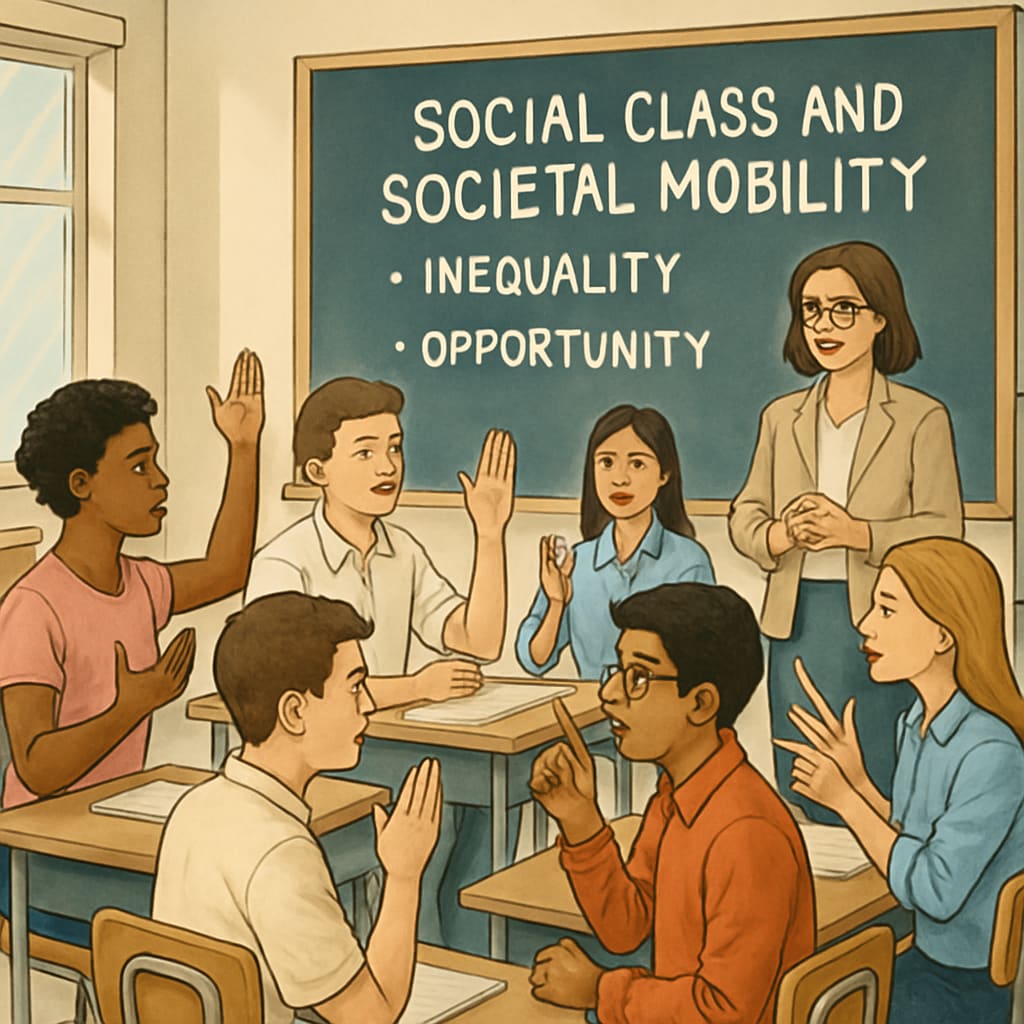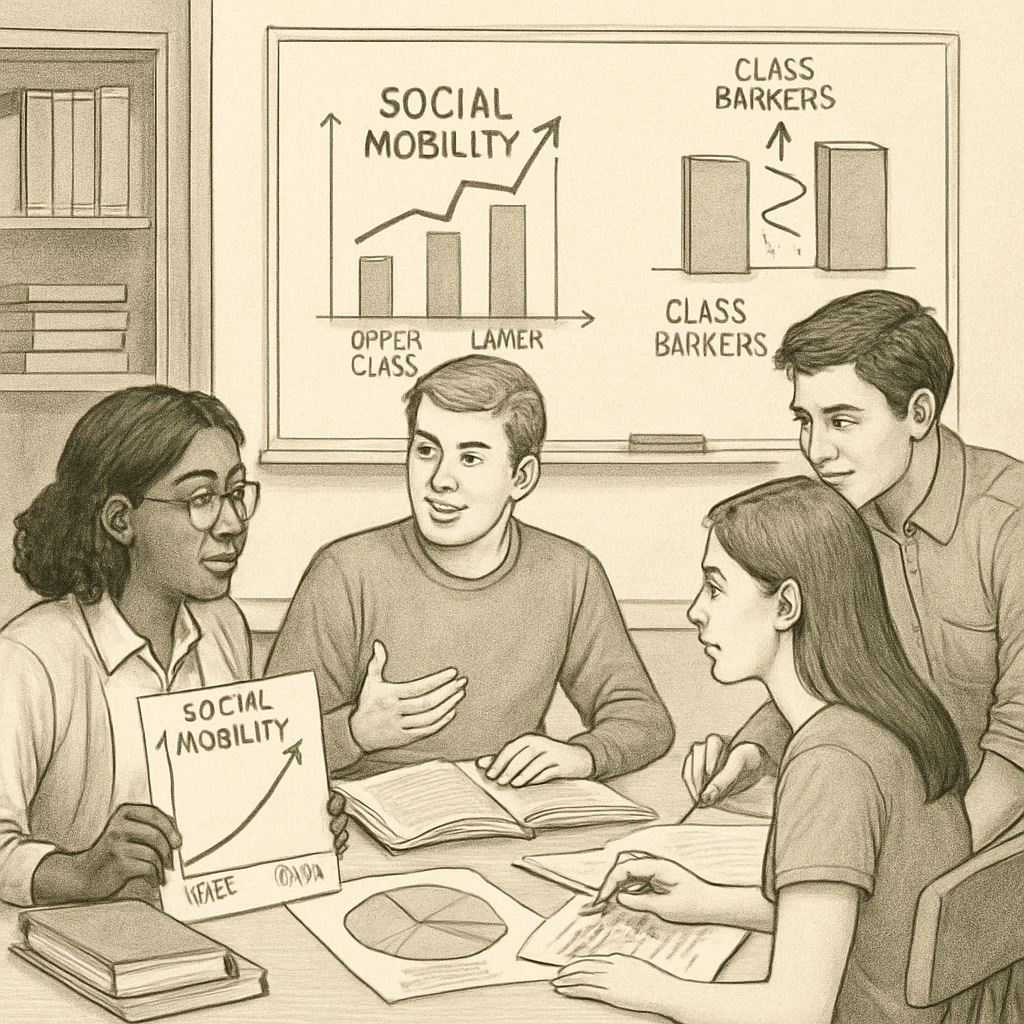In contemporary K-12 education, the depiction of social class often leans toward viewing it as a “rigid system.” This narrative, which emphasizes limited societal mobility and entrenched inequalities, has sparked debate among educators, sociologists, and policymakers. While this perspective may aim to highlight structural barriers, it risks oversimplifying complex social dynamics. By analyzing these narratives critically, educators can better equip students to understand societal mobility, challenge stereotypes, and cultivate a balanced worldview.
Understanding the “Rigid System” Narrative
The idea of social class as a rigid, unchanging structure stems from historical and sociological studies. For example, research often highlights the persistence of wealth disparities and systemic barriers, such as unequal access to quality education. However, presenting this concept to students without nuance may inadvertently foster fatalism or cynicism, rather than encouraging proactive engagement with societal challenges.

Moreover, oversimplified narratives can overshadow the fact that social mobility, while challenging, is not impossible. Stories of individuals overcoming adversity through education, innovation, or community support provide evidence of opportunities for change. Such examples are essential to balance discussions of inequality and inspire students to strive for personal and collective improvement.
The Impact on Students’ Perspectives
When students are taught that social class is an immovable construct, it can shape their perception of their own potential and the world around them. For example, students from lower-income backgrounds may internalize the belief that systemic barriers are insurmountable, leading to decreased motivation and engagement. Conversely, students from more privileged backgrounds might misunderstand their societal advantages as purely merit-based, ignoring the structural factors that contribute to inequality.

To mitigate these effects, educators must foster environments where critical thinking is encouraged. Discussions should include diverse perspectives, such as the role of policy reforms, community initiatives, and individual resilience in shaping social mobility. By presenting a more holistic view, students can better appreciate the interplay between structural challenges and opportunities for growth.
Promoting Balanced Education on Social Class
To address the limitations of the “rigid system” narrative, schools can adopt several strategies:
- Incorporating diverse case studies: Highlight stories of individuals and communities who have successfully navigated societal barriers to achieve upward mobility.
- Exploring policy solutions: Teach students about reforms in education, healthcare, and economic systems that aim to reduce inequality.
- Encouraging critical discussions: Use debates, essays, and group activities to analyze the causes and consequences of class-based disparities.
- Focusing on agency: Empower students to recognize their own potential to contribute to societal change, regardless of their background.
By implementing these approaches, educators can help students develop a more nuanced understanding of social class, fostering both awareness of systemic challenges and optimism about the possibilities for change.
Conclusion: A Call for Comprehensive Narratives
The portrayal of social class as a rigid system in K-12 education is undoubtedly a significant topic in social research. However, its oversimplified presentation can negatively affect students’ understanding of societal mobility. By adopting balanced, inclusive teaching methods, educators can help students navigate complex social dynamics with critical thinking and optimism. As a result, education becomes not just a tool for knowledge acquisition but a catalyst for meaningful societal progress.
Readability guidance: This article uses short paragraphs and lists to summarize key points. It prioritizes active voice and incorporates transition words to improve flow. Images are strategically placed to complement the content.


